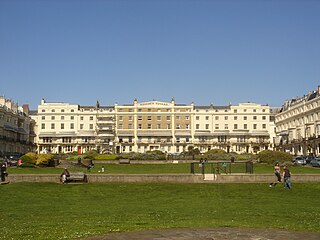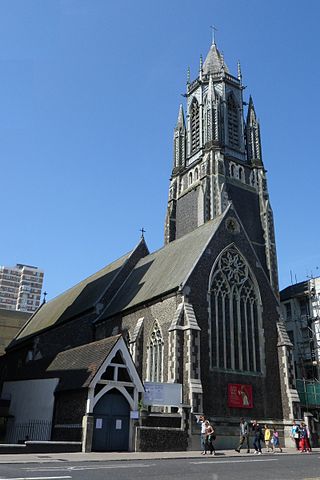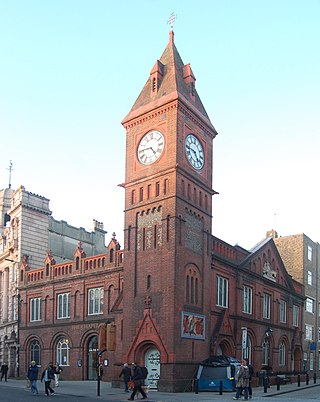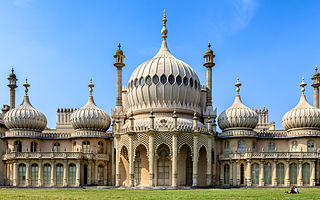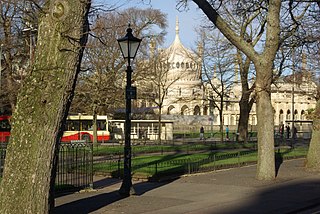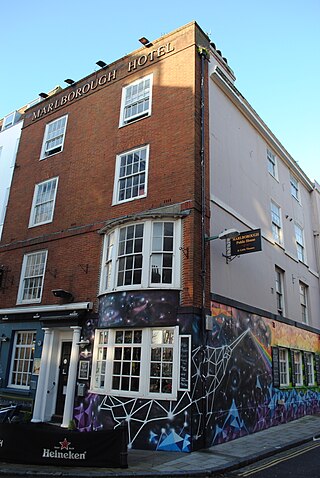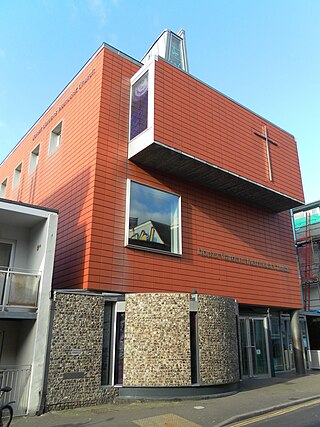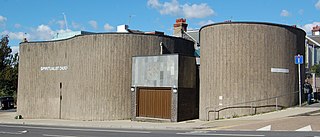Self-guided Sightseeing Tour #1 in Brighton, United Kingdom
Legend
Tour Facts
2.9 km
49 m
Experience Brighton in United Kingdom in a whole new way with our free self-guided sightseeing tour. This site not only offers you practical information and insider tips, but also a rich variety of activities and sights you shouldn't miss. Whether you love art and culture, want to explore historical sites or simply want to experience the vibrant atmosphere of a lively city - you'll find everything you need for your personal adventure here.
Activities in BrightonIndividual Sights in BrightonSight 1: West Pier
Get Ticket*The West Pier is a ruined pier in Brighton, England. It was designed by Eugenius Birch and opened in 1866. It was the first pier to be Grade I listed in England but has become increasingly derelict since its closure to the public in 1975. As of 2024 only a partial metal framework remains.
Sight 2: Regency Square
Regency Square is a large early 19th-century residential development on the seafront in Brighton, part of the British city of Brighton and Hove. Conceived by speculative developer Joshua Hanson as Brighton underwent its rapid transformation into a fashionable resort, the three-sided "set piece" of 69 houses and associated structures was built between 1818 and 1832. Most of the houses overlooking the central garden were complete by 1824. The site was previously known, briefly and unofficially, as Belle Vue Field.
Sight 3: The Parish Church of Saint Paul
St Paul's Church, dedicated to the missionary and Apostle to the Gentiles Paul of Tarsus, is a Church of England parish church in Brighton, Sussex, England. It is located on West Street in the city centre, close to the seafront and the main shopping areas.
Sight 4: Chapel Royal
The Chapel Royal is an 18th-century place of worship in the centre of Brighton, part of the English city of Brighton and Hove. Built as a chapel of ease, it became one of Brighton's most important churches, gaining its own parish and becoming closely associated with the Prince Regent and fashionable Regency-era society. It remains an active church.
Sight 5: Royal Pavilion
The Royal Pavilion and surrounding gardens is a Grade I listed former royal residence located in Brighton, England. Beginning in 1787, it was built in three stages as a seaside retreat for George, Prince of Wales, who became the Prince Regent in 1811, and King George IV in 1820. It is built in the Indo-Saracenic style prevalent in India for most of the 19th century. The current appearance, with its domes and minarets, is the work of the architect John Nash, who extended the building starting in 1815. George IV's successors William IV and Victoria also used the Pavilion, but Queen Victoria decided that Osborne House should be the royal seaside retreat, and the Pavilion was sold to the city of Brighton in 1850.
Sight 6: Old Steine Gardens
The Old Steine Gardens in Brighton, Brighton and Hove, East Sussex, England, adjacent to the Old Steine thoroughfare, are the site of several monuments of national historic significance.
Sight 7: The Marlborough Theatre
The Marlborough Pub and Theatre is a historic venue, situated at 4 Princes Street, Brighton. It has been associated, since the 1970s, with the LGBT community. The Marlborough's small theatre presents drama, cabaret and music throughout the year, including during the Brighton Fringe Festival, LGBT History Month and Brighton Pride Arts Festival. The pub reopened in 2021 as 'The Actors'.
Sight 8: Dorset Gardens Methodist Church
The Dorset Gardens Methodist Church is a Methodist church in the Kemptown area of the city of Brighton and Hove, England. Although it is a modern building—completed in 2003—it is the third Methodist place of worship on the site: it replaced an older, larger church which was in turn a rebuilding of Brighton's first Methodist church. Between them, the churches have played an important part in the history of Methodism in Brighton.
Sight 9: Brighton National Spiritualist Church
Brighton and Hove National Spiritualist Church, known until 2019 as Brighton National Spiritualist Church, is a Spiritualist place of worship in the Carlton Hill area of Brighton, part of the English seaside city of Brighton and Hove. Since its amalgamation with another church in the city in November 2019, it has been one of England's largest Spiritualist churches.
Wikipedia: Brighton and Hove National Spiritualist Church (EN), Website
Share
How likely are you to recommend us?
Disclaimer Please be aware of your surroundings and do not enter private property. We are not liable for any damages that occur during the tours.
GPX-Download For navigation apps and GPS devices you can download the tour as a GPX file.

